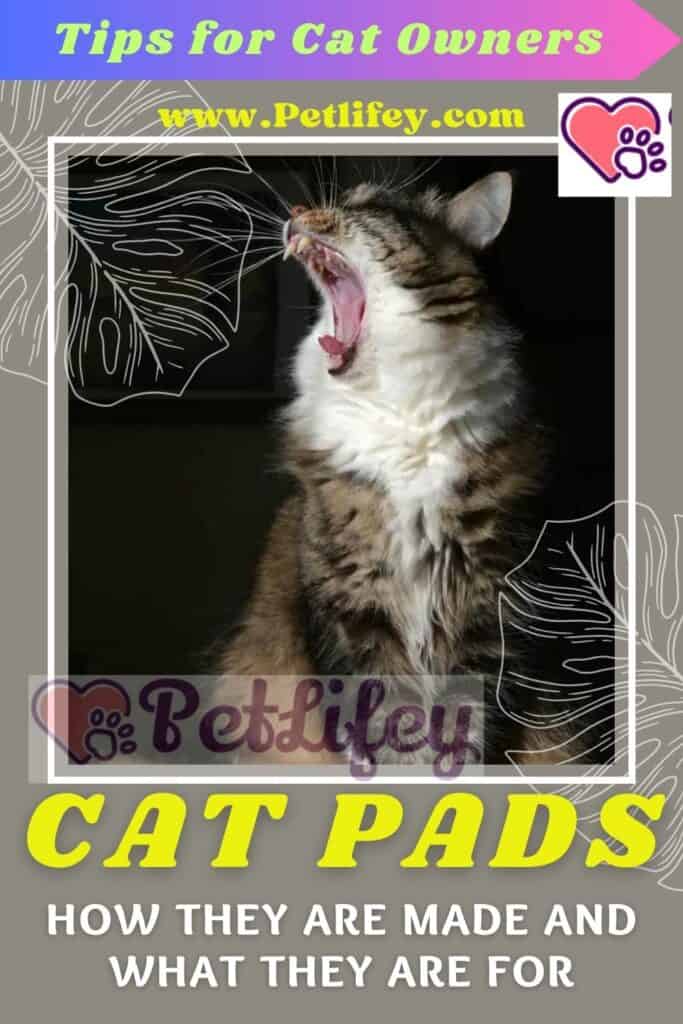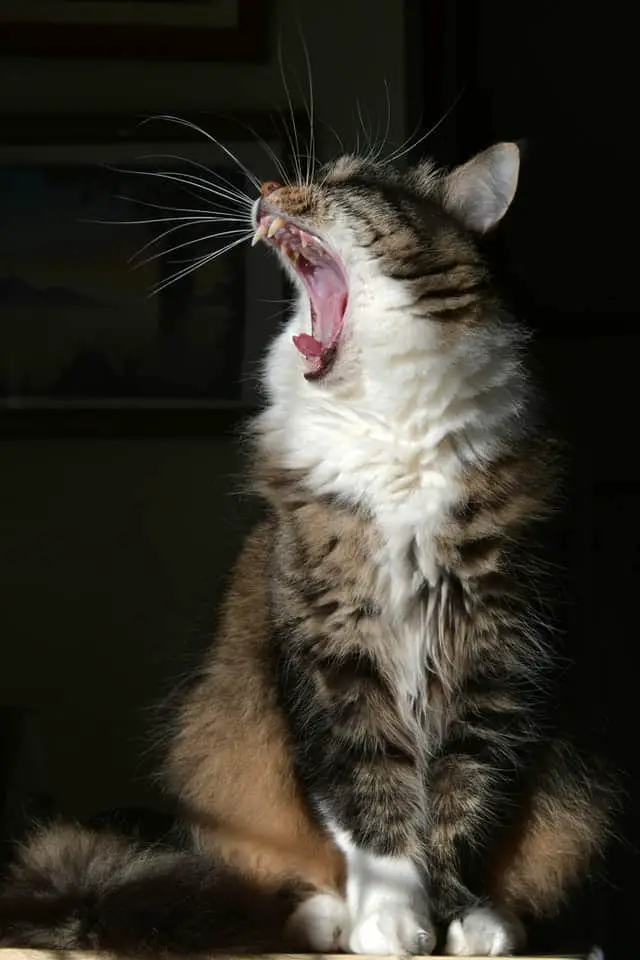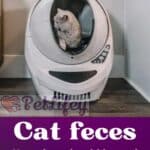
Cat pads, commonly called rubber pads, have multiple and important functions and can run into problems such as wounds, swelling, hyperkeratosis and dryness.
The cat is a fascinating animal for its behavior, its habits and its physical structure. In addition to the eyes and whiskers, another distinctive physical element of this beloved feline are the characteristic pads also called rubber pads. These are soft protectors, but what are they for? How they are made? What are the most common bearing problems? This article is a cognitive journey of feline grommets.
What you need to know about cat pads

The pads are nothing more than accumulations of skin and fat located at the toes of the cat’s paws. They contain many nerve receptors and therefore are very sensitive so much that beloved felines do not like, for example, walking on paths full of stones or on pellets and being touched or pressed for a long time. A pleasant sensation, on the other hand, is returned by a beach of fine sand.
In each paw there are 5 large pads: a central triangular-shaped one corresponding to the palm of the paw and 4 oval-shaped. In the forelegs there are two other pads called carpal pads which are located further back than the palmar pads, but are missing in the hind legs.
The pads are not the same color in all cats: they can be black, pink or blue or even two colors and can change color over the course of its life. This depends on the amount of melanin in the skin.
What are these rubbers for?
As previously anticipated, cat pads have multiple functions, let’s see which ones.
- Shock absorbers: they are real suspensions during the walks and runs of the feline. It is precisely on these parts of the paw that the cat rests its weight. The carpal pad is not in contact with the ground when cat walks but serves as additional support when jumping or as a brake when the animal is sliding.
- Silenced step: thanks to the bearings, cat’s steps are very quiet. This feature is important when the cat hunts because the prey does not feel its arrival due to the absence of noise and vibrations from the ground.
- Sweat organs: the cat also sweats through the rubber pads, the latter help to maintain a correct body temperature.
- Sense organs: as anticipated, the cat’s bearings are very sensitive so as to perceive, during hunting, the vibrations of the ground and therefore the movements of the prey.
- Pheromones: through the pads the cat expresses emotions and this is why when it is afraid (for example when it is in the carrier and is about to be visited by the veterinarian) it releases wet footprints.
Bearing problems
You have come to understand that the pads are a part of the cat’s body as important as it is sensitive despite resting on the ground. Precisely for this reason, due to the constant contact with the ground (hot, cold, impervious, etc.), the bearings can face problems and ailments such as burns, corns and wounds.
Pads should always be hydrated, soft and fluffy, but if you notice that they have become dry, cracked, swollen or skinned, you will need to take cat to the vet for a visit. Even if you have wounds you will need to see a doctor because they could become infected if neglected or not treated properly.
Another uncommon condition is cat pad hyperkeratosis which usually affects the central metacarpal and metatarsal pads. It manifests itself with swelling and softening of two or more pads and can be painful or painless; it needs to be evaluated by a veterinarian and sometimes regresses without any treatment.






